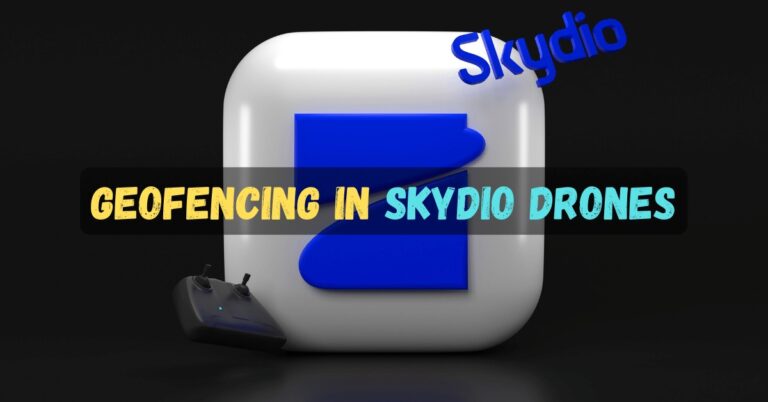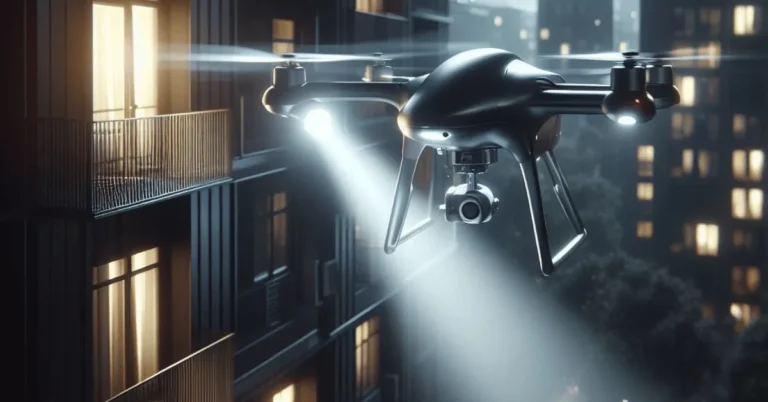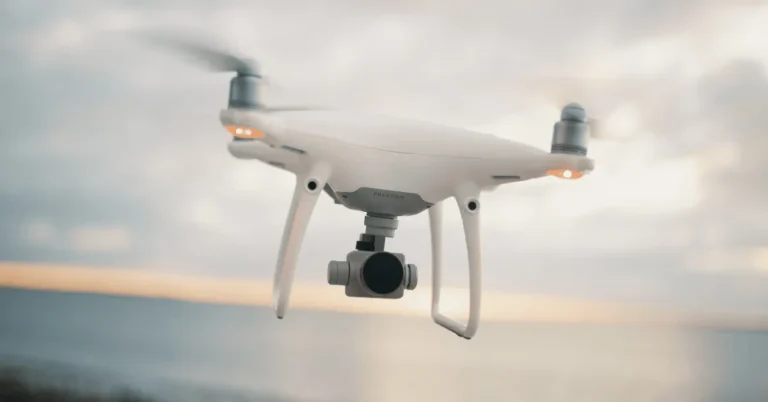What are Some Possible Solutions For an RC Drone That Won’t Take Off?

When your RC drone won’t take off, the first step is to perform a comprehensive examination to identify any apparent problems. This guide will walk you through various steps and checks to diagnose and resolve the issue.
Battery and Connection Checks
1. Check the Battery
Ensure the battery is fully charged and securely connected to the drone. A depleted or improperly connected battery is a common reason a drone may fail to lift off. Examine the battery connections for any signs of corrosion or wear that could impede functionality.
2. Inspect the Battery Connections
Examine the battery connections for any signs of corrosion or wear that could impede functionality.
Propeller and Remote Control Inspection
1. Inspect the Propellers
Damaged or improperly installed propellers can significantly impact the drone’s ability to take off. Look for any cracks, bends, or other forms of damage.
Make sure each propeller is firmly attached in its correct orientation, as even a slight misalignment can prevent flight. It may be helpful to refer to the drone’s manual to confirm the proper installation of the propellers.
2. Check the Remote Control
Verify that the remote control is functioning correctly and that it is paired with the drone. Ensure the remote’s batteries are fresh and properly inserted.
Sometimes, a simple re-pairing of the remote with the drone can resolve connectivity issues. Review the user manual for specific instructions on the pairing process for your drone model.
Reflect on Recent Changes
Consider any recent changes or incidents that might have contributed to the issue. Crashes can cause subtle damage that may not be immediately visible but can affect the drone’s operability.
Additionally, software updates may introduce unforeseen complications. Ensure that the drone’s firmware is up to date and compatible with the remote control.
Curious about flying a drone in Bali? Check out our guide on What Are the Drone Laws in Bali?
Mechanical Issues: Propellers, Motors, and Frame
1. Propellers
Bent, broken, or otherwise damaged propellers can significantly hinder a drone’s ability to achieve lift.
It’s crucial to ensure that the propellers are not just intact but also secured tightly to their respective motor shafts. Double-check that each propeller is placed in the correct position as per the manufacturer’s guidelines.
2. Motors
Examine the motors to ensure they are free from any signs of wear, debris, or damage. If a motor is clogged with dirt or if the bearings are worn out, it may not spin properly.
This lack of proper motion can inhibit the drone’s lift capabilities. Therefore, make sure each motor spins freely without any obstruction.
Lubricating the motors with appropriate grease can often resolve minor issues, but severely damaged motors may require replacement.
3. Frame
Inspect the drone’s frame for sturdiness and ensure it is free of cracks or other structural issues. Even minor cracks can lead to significant aerodynamic inefficiencies, making it difficult for the drone to take off.
Pay particular attention to the areas around the motor mounts and landing gear. If any part of the frame is compromised, it should be replaced with compatible components to ensure the drone’s structural integrity.
Curious about how high drones can fly? Check out our guide on What is The Maximum Altitude a Drone Can Reach and How Long Does it Take to Reach it?
Electrical and Battery Problems
1. Battery Condition
Ensure that the battery is fully charged. Over time, batteries can degrade, leading to a decrease in their ability to hold a charge. Inspect the battery for any signs of wear and tear and, if possible, test it with a multimeter to verify its health.
2. Electrical Connections
All electrical connections within the drone should be meticulously checked. Loose wires or corroded contacts can interrupt the flow of electricity, preventing the drone from receiving adequate power.
Pay particular attention to the connection points on the battery, the power distribution board, and the electronic speed controllers (ESCs).
3. Power Distribution Board
Inspect the power distribution board, which distributes electrical power from the battery to various parts of the drone. Look for any burnt components, broken solder joints, or other signs of damage.
4. Battery Swap
If the problem remains unresolved, try a different battery. Sometimes, even if a battery appears to be in good condition, it may still be faulty.
Swapping in a known, good battery can help determine if the issue lies with the original battery or elsewhere in the electrical system.
Thinking about taking down a rogue drone? Learn the challenges involved first! Read our guide How Hard is it to Shoot Down a Drone?
Software and Calibration Issues
1. Firmware Updates
Ensure that the drone’s firmware is up to date. Manufacturers frequently release updates that can fix bugs, improve performance, and add new features. Checking for and installing these updates can often resolve issues that prevent the drone from taking off.
2. Sensor Calibration
Calibrate the drone’s sensors, including the accelerometer, gyroscope, and compass, which are essential for stable flight.
If these sensors are not calibrated correctly, the drone may struggle to maintain balance or even fail to lift off.
Most drones have a built-in calibration process accessible through their companion app or remote controller. Follow the manufacturer’s instructions to ensure each sensor is functioning correctly.
3. Factory Reset
Performing a factory reset can restore the drone to its default settings, resolving software-related issues that standard troubleshooting steps might not fix.
Back up any important data or settings before performing a factory reset, as this process will erase all custom configurations.
4. GPS Signal
Ensure the drone has a strong GPS signal and has completed its initialization process. A weak GPS signal can prevent the drone from taking off or cause it to behave erratically in flight.
To improve GPS reception, fly the drone in an open area away from tall buildings, trees, and other obstructions that could interfere with the signal.
Curious about the process? Check out our guide on What is The Process For Controlling a Drone Using Bluetooth?
Conclusion
By conducting these initial checks and addressing the most common issues, you can effectively troubleshoot and resolve the problems preventing your RC drone from taking off.
This foundational examination can save time and streamline the troubleshooting process, allowing for a more focused approach to resolving the problem.







